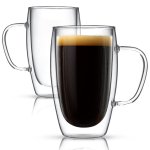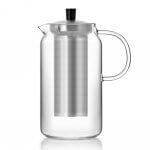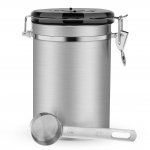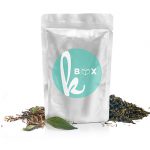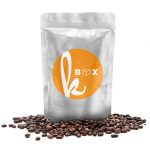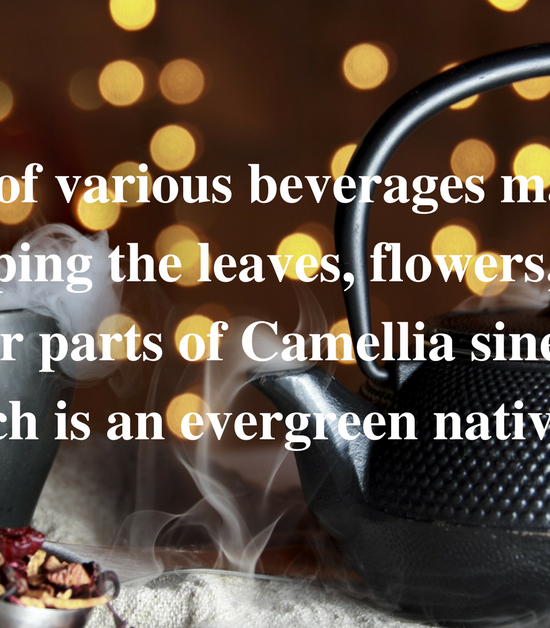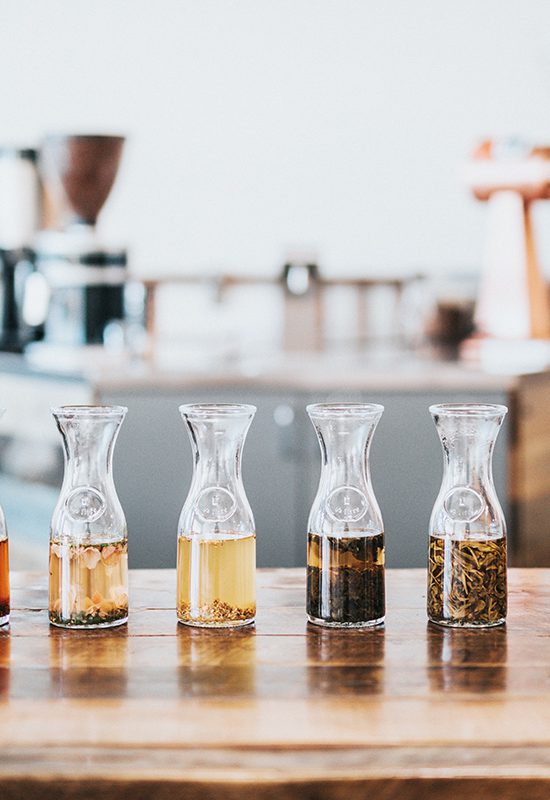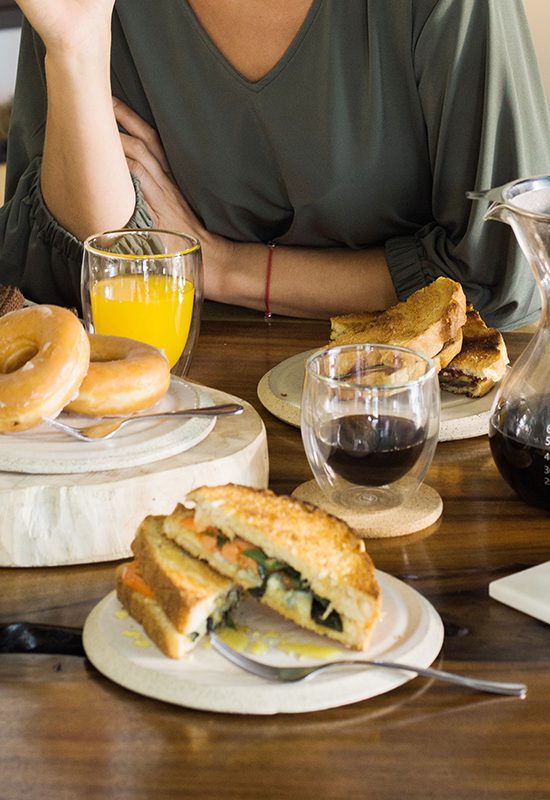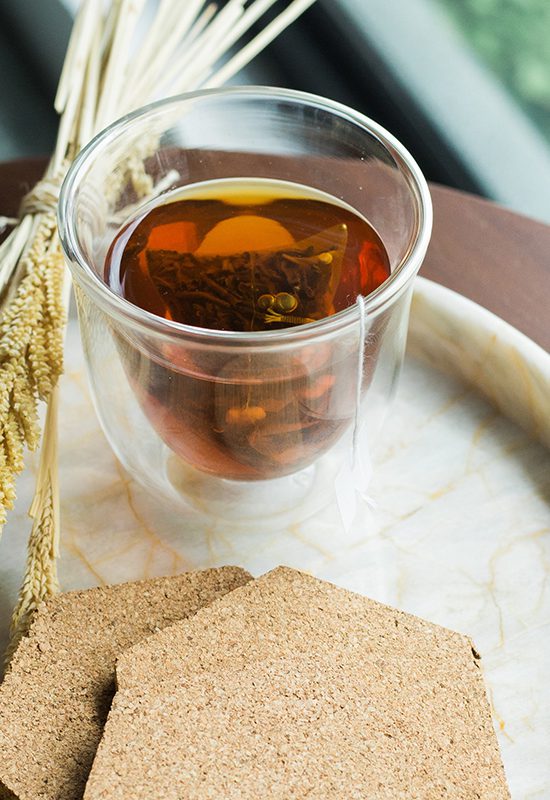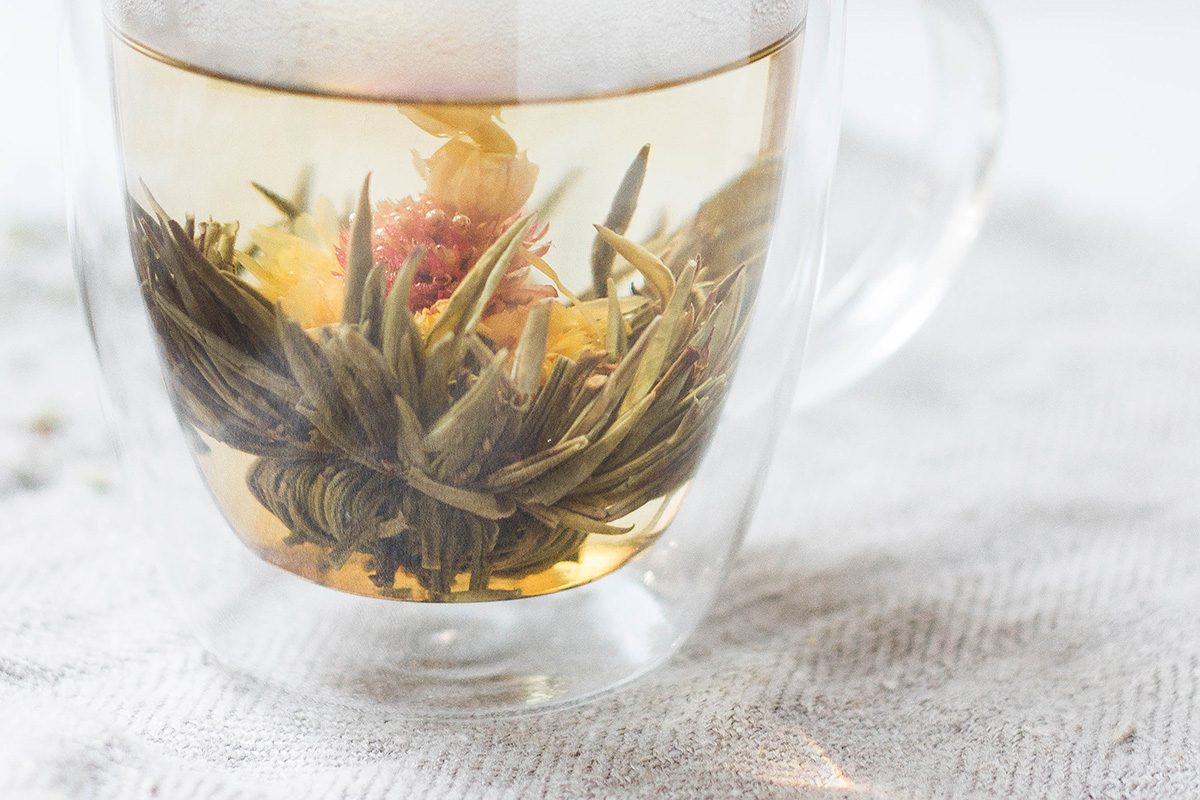
How To Make Your Perfect Cup of Tea
Tea is one of the most common beverages in the planet, and so it’s just understandable that tea enthusiasts always strive to make the perfect cup. From its history in China to its popularity in the United Kingdom, people and different communities probably have their own ways of brewing tea.
Although there are standards that were set through the years and basic guidelines to follow to make the perfect cup of tea, each person has his or her preference and definition of a perfect cup. So what’s perfect for you may not be perfect for others.
There are several factors to consider in brewing the perfect tea. Three of the main components include fresh tea leaves, quality of water, and steeping times.
1. Fresh Tea Leaves
You have two choices – either loose leaf tea or tea bag. Loose leaf tea is highly recommended, and it’s also the choice of most experts and tea enthusiasts. Since they are loose leaves, they are superior in freshness and quality.
The loose leaves also spread out or open completely during the steeping process. This provides better flavor and aroma while fully releasing the catechins or the health-boosting antioxidants found in tea.
Tea bags, on the other hand, have more finely-chopped tea leaves which can reduce the freshness and flavor. However, some tea bags also have excellent quality so in the end, whether you use loose leaf or tea bag boils down to personal preference. The key is that the fresher the leaves are, the better.
2. Quality & Temperature of Water
You have to realize that your teacup contains more water than tea so it is crucial to consider the quality and temperature of water.
When brewing a cup of tea, freshly-filtered water is best. Never use water that has been sitting in your kettle or jar for a long time. Use one that’s freshly poured from the tap. Remember that stale water produces stale tea. Fresh water equals fresh tea.
Also, be advised that re-boiling the water is not recommended because it decreases the oxygen content. Note: Oxygen in water helps add flavor.
For loose leaf tea, the water should be below boiling point. The amino acids contained in tea leaves dissolve in lower temperatures, so if you make tea at boiling point, you’ll get bitter and stringent-flavored tea.
Look for small bubbles forming along the sides of the kettle. When you see them appearing, the water is about to boil, and by then, you should stop the kettle.
Depending on the type of tea, the best water temperature may vary. Here’s a rule of thumb.
White & green tea – best at 70 degrees Celsius
Black & Oolong tea – best at around 85 degrees Celsius
For herbal teas/infusion – 100 degrees Celsius (90 degrees Celsius for Chamomile)

3. Steeping Times
Steeping means to soak in water or other liquid to extract the flavor. Once you have your boiled water, you may then proceed to steep. In this case, you will soak the loose tea leaves or tea bags in hot water.
Accurate steeping times are crucial to bringing the best flavor out of your tea. Since each type of tea is different, the times also vary. The general rule of thumb is as follows:
White Tea – Since it’s the purest and most delicate, allow it to steep for 1-3 minutes. For your next brew, you may steep the leaves in less time because the water has already penetrated the leaves by that time. You can brew white tea many times without it getting bitter.
Green Tea – Allow to steep for 1-2 minutes on your first brew. If making iced tea, you may steep it a little longer.
Oolong Tea– For best results, make tea in small quantities with 30-second infusions. Otherwise, you may allow steeping for 3 minutes.
Black Tea – It depends on preference. For light flavor or without milk, 45 seconds – 1 minute is ideal. For a stronger flavor, 2-3 minutes will do.
Herbal Tea – 5 minutes will do
Again, it all boils down to your kind of flavor so feel free to experiment to get your desired taste.
Steps to Brew Your Cup of Tea
1. Pour fresh tap water to your kettle. It helps to run the tap a little so that the water’s aerated. Oxygen helps develop flavor.
2. Boil the fresh water up to your desired temperature, or depending on the type of tea (as explained above). Remember not to re-boil your water.
3. Swirl a small amount of boiling water to your teapot so that it’s warm and toasty. You can use the water to heat the cups or mugs too. This also applies when you decide to pour the water directly into the cups instead of a teapot.
4. Add tea leaves to your teapot. Rule of thumb is two tea bags to one regular teapot and one tea bag for a mini-teapot. When using loose leaf tea, add one teaspoon for each person and one for the pot.
5. Pour the hot water into the teapot and let it steep for a few minutes and again, this depends on the type of tea (as explained above). Stir a bit. When using tea bags, remember not to squeeze them as they will come out with forced flavor.
6. Wait patiently for your warm cup of tea! Enjoy!

Additional Tips to Ensure the Perfect Cup of Tea
1. Milk first or tea first?
This must be one of the longest standing debates in the tea world. Although there isn’t one perfect way because your cup means your preference, there are some guidelines that have been followed through the years.
When brewing tea directly in the mug, it’s best to add milk last. Tea loves very hot water, so when you add the milk in first, it will cool the mug and the water. This means the heat that’s essential for brewing and steeping won’t penetrate the teabag or tea leaves.
When brewing tea directly in a teapot, you can add the milk in first. However, the teapot case is another question of preference. The order of which comes first doesn’t seem to matter at all.
In another note, you may choose not to add milk to your tea. It’s perfectly fine. Feel free to customize it. Maybe you fancy adding a slice of lemon? It’s up to you!
2. Don’t wait too long!
A cup of tea is best consumed when you let it sit for about 6 minutes. Although you should never drink it fresh from the boil, don’t wait for it to sit very long in your cup too. Otherwise, there’s no point of drinking it anymore. Might as well just drink cold or iced tea?
3. Store your tea leaves and tea bags properly.
Both moisture and odor can ruin the taste of tea. So make sure you keep it away from these two elements as they might greatly affect the tea’s flavor.

Those are the basics you need to know when making a cup of tea. As with other things, brewing tea is a skill you also need to learn so that you get your desired taste or your perfect cup.
So are you ready to make your tea? Enjoy!
*Pin for later.

